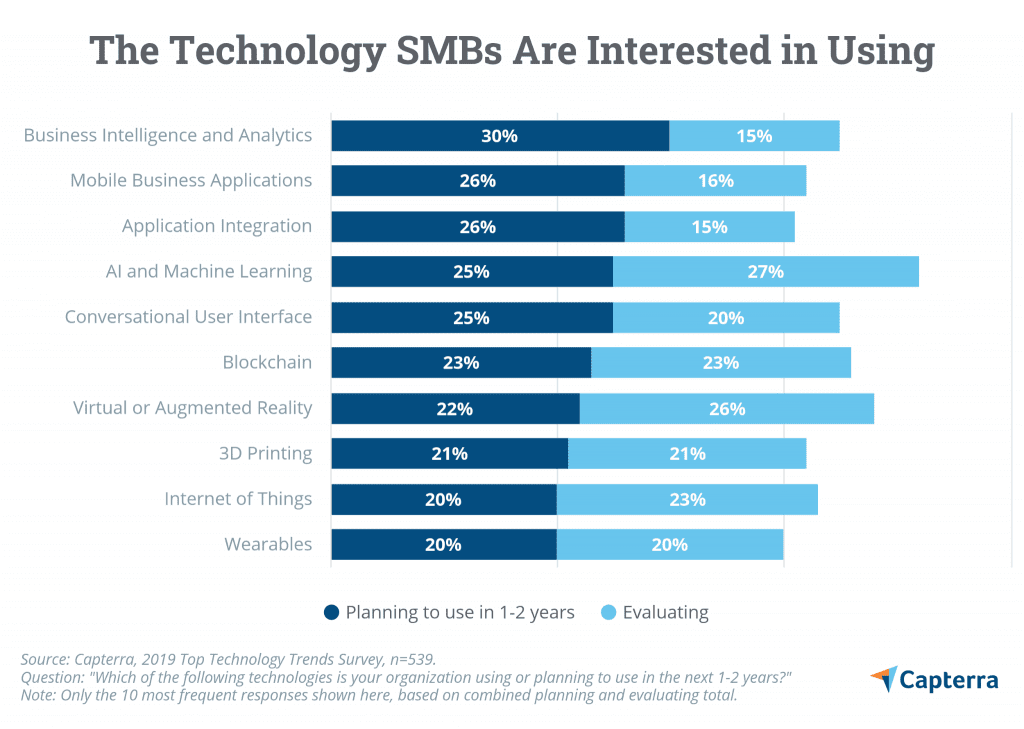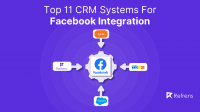Small business owners decided to shut their shops, malls, bars, and restaurants after the Government of different nations said the number of Coronavirus cases had spiked and lockdown is the only option to prevent virus spread.
In addition to the unprecedented health crisis, the COVID-19 pandemic has disrupted every aspect of social and economic activity in the world, putting nearly half of our economy at risk. 70% of employment is provided by micro, small, and medium-sized businesses (MSMEs).
However, they have fewer resources to weather the storm, making them particularly vulnerable, with the severity of the crisis increasing in the least developed countries and small island states. Research has found that 44 percent of small business owners expect the changes they have made because of COVID-19 to be permanent.
Small business owners may continue to make great use of virtual services and online stores long after the pandemic, as well as remote work. Today, we will look at how digital tools and technology have helped small businesses revamp their approach to thrive during the pandemic.
How the Pandemic Leaves Long-lasting Impact on SMBs
Source: Public Policy Institute of California
COVID-19 has proven to be one of the most significant challenges in the history of the Institute. Businesses of all sizes, all over the globe, were affected – but small businesses were particularly hard-hit.
While the long-term effects of this pandemic are unknown, disruptions of supply chains, a reduction of international travel, remote work, the sudden shift to online stores, etc., are affecting small businesses.
As a result of tiny margins, small businesses typically operate in an unfavorable environment. The losses they are experiencing in this crisis are exponentially more severe because they do not have the resources of larger corporations.
Offline Surveys of small business owners were conducted to understand the impact of the crisis on their businesses both immediately and long-term. To learn more about how business owners are responding to the crisis, have a look at the underneath statistics:
- The effect of the pandemic on 94% of small businesses is adverse
- Restaurant, lifestyle, retail, and travel sectors are the hardest hit
- More than 9% of businesses have laid off employees
- 51% of entrepreneurs have adopted work-from-home policies to save administrative cost
- Most small businesses seek financial help from government institutions
- Five out of ten small and medium-sized businesses expect a weak six-month outlook
The above figures are shocking. Many of these effects have been borne disproportionately by small businesses, with Statistics Canada reporting that at least 20% of small businesses suffered significant sales losses. It clearly defines how small businesses get affected due to the pandemic, and it takes a lot of time to get back to normal.
Now, let’s discuss in detail how the outbreak is affecting small businesses.
Employees Have Been Terminated
Many businesses of all sizes and types have been forced to lay off and terminate employees due to the economic side effects of Covid-19. Consequently, millions of people lost their jobs, resulting in economic hardship for families and a dramatic rise in the number of unemployed Canadians.
Online Ordering is Skyrocketing
Small businesses were hit hard by lockdowns and social distancing. Retail businesses, and small businesses that rely heavily on foot traffic, are especially vulnerable. But online retail sales increased by 779% from February to May 2020, while in-person retail sales slumped by almost 18%
Before the pandemic, fewer small businesses had a significant online presence, and many of them did not even have an online presence. However several small businesses have quickly developed basic websites and integrated complete online delivery solution to take orders and record sales, simply for the sake of staying in business.
Seeking Financial Assistance
This is largely a story about how the federal government handled the COVID-19 crisis. Survey respondents reported that approximately two-thirds (65%) had sought financial assistance because of the COVID-19 crisis. More than 50% of small businesses have sought the Payroll Protection Plan (PPP) as their primary source of assistance to meet expenses and stay afloat in the saturated business world.
These are the adverse effects of the pandemic on small businesses. Now, let’s throw some light on how digitization and modern technology helped them to bounce back.
How Technology Helping SMBs Lift Off

For small and medium-sized businesses (SMB), technology has been a crucial tool for surviving lockdowns and improving operations. According to a new Hitachi Capital Business Finance study, seventy-six percent of SMBs used technology to enhance their businesses last year. Whereas 84% of respondents experienced some growth due to the adoption of technology and digital tools. When it is used properly, the future looks bright.
The following cases demonstrate how technology can assist businesses in managing this pandemic successfully. Here we go.
Bring Business Flexibility and Agility
When the pandemic started spreading globally, retailers that had a digital approach could keep their doors open and improve their profitability. For instance, online ordering of essential products, contactless delivery, digital payment, doorstep delivery, etc., allows many retailers to stay in the game.
Furthermore, some businesses have modified their employee scheduling practices by making them work varied shifts and hours, reducing their exposure to the pandemic.
Using Social Media for Business Growth
One of the simplest and most effective ways for a small business to grow is by creating a strong presence on popular social media platforms. Physical advertising is no longer necessary for businesses.
Thanks to the advent of the internet at every corner of the globe, it has become much easier to access advertisements and promotions via social media sites such as Twitter, Instagram, Facebook, and more. It is essential to leverage the power of digital marketing today because people spend the majority of their time on social networks.
Promote the business online and advertise online to increase marketing potential. It is also helpful to help customers online and be available for them round the clock. For instance, chatbots.
Effective Remote Working
In response to the Coronavirus outbreak, organizations around the world have shifted to work-from-home models. This means workers’ progress should be monitored through the use of the right digital tools. Employers usually use these digital tools to get an overview of ongoing tasks and completed tasks.
Employers can easily track time to see how productive their remote workers are, give them easy tools to track and report expenses, and collaborative digital tools like Slack, Skype, Zoom, GoogleMeet, etc., help them stay connected.
The Grand Online Business aka eCommerce
The massive advancements in technology tools have made the world into one big marketplace. Products are now displayed across the globe on Instagram, Facebook, Amazon, and many other social media sites and allow retailers to accept digital payments swiftly and securely.
By increasing the number of online stores, small businesses, and start-ups can easily achieve the customer base they need to stay in business, thus creating a stable economic environment for them. Additionally, this will lead to greater specialization under services, qualitative improvement, and a balanced decentralization within this sector.
The pandemic has catalyzed a process of rapid integration of technology with economic necessities in the world. Increasing advancements in artificial intelligence and machine learning are bringing advanced technology to every sector of society, regardless of geopolitical conditions. To delve deeper into how AI is shaping various sectors, understanding the latest AI practices can provide valuable insights.
All types of organizations, from banks to governments to customer bases, utilize technology. The trend will continue until technology flourishes, and signs indicate that the future of technology innovation is bright as it has now become a nightmare for entrepreneurs to operate a business without technology.
Digitization Getting SMBs Back To Their Feet And Start Running
The COVID-19 outbreak has had a vast impact on small businesses, as you can see. It is possible to see a ray of hope with the adoption of modern tech solutions. Digital transformation is a boon for small businesses; some digital tools cut costs while others automate mundane tasks efficiently.
Confused on how to write a winning freelance proposal? Read our guide to know tips on writing the best freelance proposal.
Author Bio
Nirav Parmar: Having More than three years of experience, Nirav is an outreach expert at Elluminati Inc. His keen interest in communication, content and digital marketing led him to work with many brands and helped entrepreneurs to establish an online presence that drives their business forward.


















